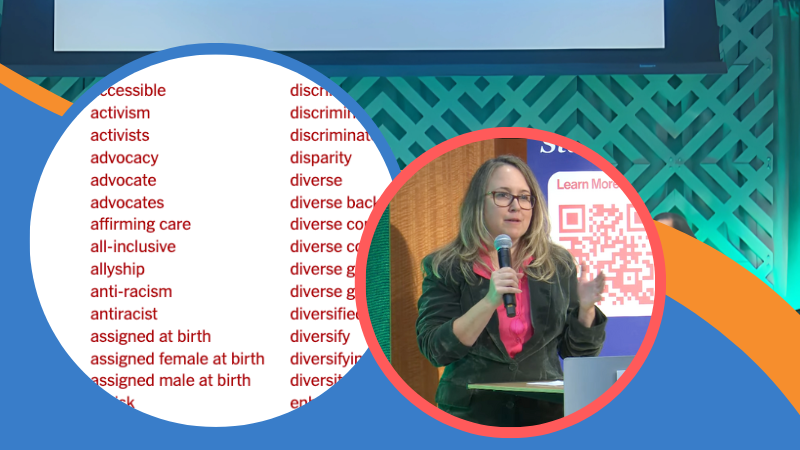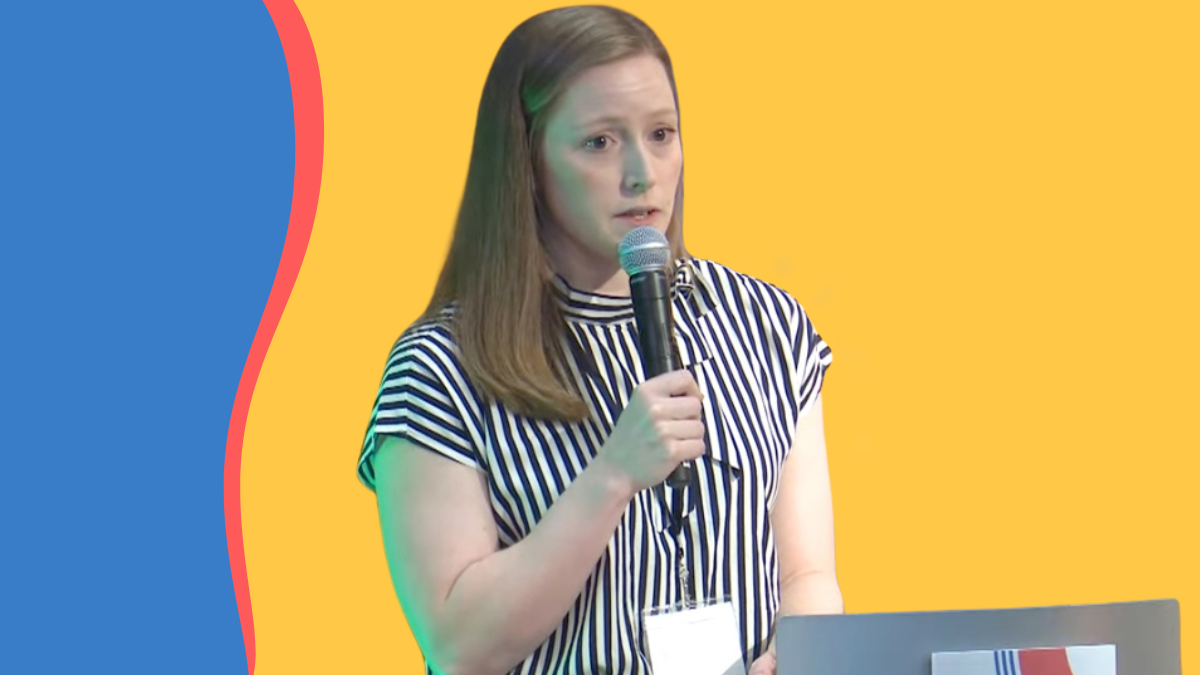OB (and Pediatrician) Screening – Screening for the Sake of Screening
If you attended last week’s FORUM, like me, you are probably still actively considering how the research and programs shared will impact your next steps in advancing maternal mental health.
Today I’m sharing my “afterthoughts” in the first blog of a four-part series. This post focuses on what we started with and where we ended at the FORUM. Future posts will cover everything in between.
Integrating Screening Into Obstetric Care
The first session at the FORUM unpacked the history of behavioral health integration (BHI) into primary care and how we move forward with integrating screening into obstetrics, including the role of payors.

Our new report titled The Role of Medicaid in Advancing Obstetric Provider Maternal Mental Health Screening and Treatment highlights why screening, intervening, and treating MMH disorders beginning in prenatal care can not only improve the expecting parent’s experience but prevent preterm birth and postpartum depression. The report also highlights that Pennsylvania, which has included depression screening for years in its prenatal care report form, reimburses providers for completing the form and has the best outcomes relative to screening and follow-up.
During this FORUM session, Dr. Connie Guille presented her research on integrating screening and treatment into OB care, and how using text screenings and telephone follow-up has proven more fruitful than in-person care. We also discussed the role of reimbursement to OBs for this work, and she noted that South Carolina Medicaid reimburses OBs for screening on a fee-for-service (FFS) basis with a rate of over $40 per screen (see our report for more states and Medicaid case studies regarding reimbursement). Further, Dr. Jennifer Christian-Herman, of Blue Shield of California (the FORUM’s Presenting Sponsor), shared that it’s critical all payers and purchasers come together to incentivize screening of mental health disorders in primary care and obstetrics.
Mother’s Stories About Screening (It *IS* Happening but Not Well)
Though there is more awareness of the need for OBs to begin screening starting in pregnancy and throughout the postpartum period, the two mothers’ stories shared during the FORUM show that screening for the sake of screening can do more harm than good:
“I also had several [postpartum] visits with my OB clinic. At one, I took the EPDS [Edinburgh Postnatal Depression questionnaire] and screened positive for thoughts of self-harm. The doctor gave me an “urgent” mental health referral, handed me a generic and overwhelming list of resources, and sent me on my way.” Emily Johnson
“At my OB postpartum visit, I was given and completed the Edinburgh Postnatal Depression [EPDS] scale. After reviewing my responses, the nurse midwife remarked, “So, new mommy blues?” and moved on to the next part of the appointment. Her remark kept me second-guessing my own feelings and whether I should ask for help.” Arielle Juberg
These stories underscore the importance of provider training in maternal mental health, including screening and the words to use, as well as the critical need for care coordination. With the financial support of a philanthropic funder, the Policy Center was given funding to develop tools to support integration in OB settings (which can be adapted in other settings). We planned to start with a screening script:
Pre-Screen Script
The following script should be included in text-based screening or read/referred to for talking points as the screening team member explains why your practice screens:
- Our clinic cares about the well-being of the patients we serve. Maternal mental health disorders like postpartum depression and anxiety are the most common complications of pregnancy and birth
- That’s why we screen all those expecting and in the postpartum period for these disorders using a simple questionnaire
- Roughly 20% of mothers will suffer from these disorders, and help is available
- [Insert position(s) or] [Our team] further assesses those who screen positive through a follow-up conversation, and together, we help devise a plan to get patients the help they need
- The plan can include locating community-based support, like new parent groups and online support groups for depression and anxiety, to referral to behavioral health providers and/or medication, which we can generally prescribe here.
- [If you are also supporting your patients through referral for social determinants of health support, like food and housing or childcare, note that here, too.]
Just as important is the scripting used post-screening, particularly when a patient screens positive or at risk. Stay tuned for that script, which the Policy Center will soon release.
The Role of the Pediatrician vs. OB, Care Coordinator and/or PCP
After the FORUM, a group of us in DC met to discuss a new campaign called the “15 X 30” Campaign described in our Theory of Change. The campaign aims to implement 15 goals by the year 2030, including goals that include data to monitor progress. One of those goals is monitoring screening rates through HEDIS.
We discussed the role of pediatricians, whose professional association, the American Academy of Pediatrics, was the first to recognize the importance of detecting postpartum depression (the first timeframe/disorder research focused on). We had a robust conversation about where/by whom mothers should be screened in the postpartum period. There was a conversation about a “no wrong door” approach and also recognition that, given the pediatrician is not the mother’s provider, how pediatricians might hand off the screen results and management to a treating provider and/or an insurer case manager (who, of course, is trained in maternal mental health and positioned to get the patient directly into care and report on her progress to her OB and/or PCP).
As postpartum Medicaid extension coverage extends “pregnancy Medicaid” for women for the full 12 months postpartum (in all but one state), discussions about OB-provided postpartum care must be prioritized, including payment for these services and when OBs should transition symptomatic/asymptomatic mothers back to primary care. Check out my social media post from December calling out the fact that the U.S. has the highest levels of maternal mortality, which occurs predominantly in the postpartum period, yet the U.S. doesn’t provide women with postpartum care.
Please share your thoughts by emailing us at [email protected]
Look for the next three “Afterthoughts” blogs coming on Fridays.



